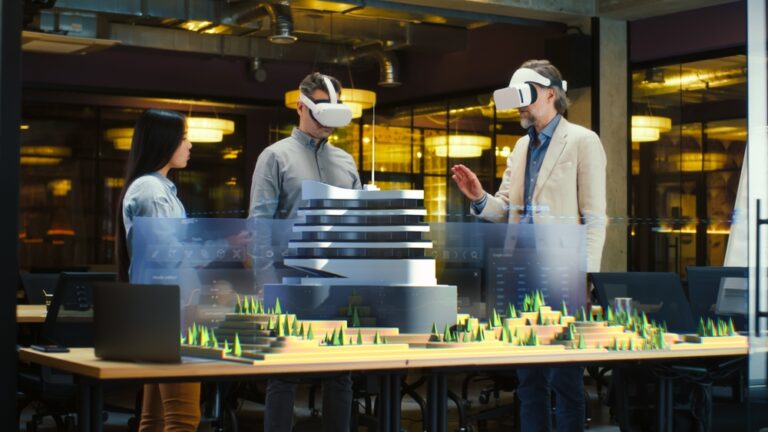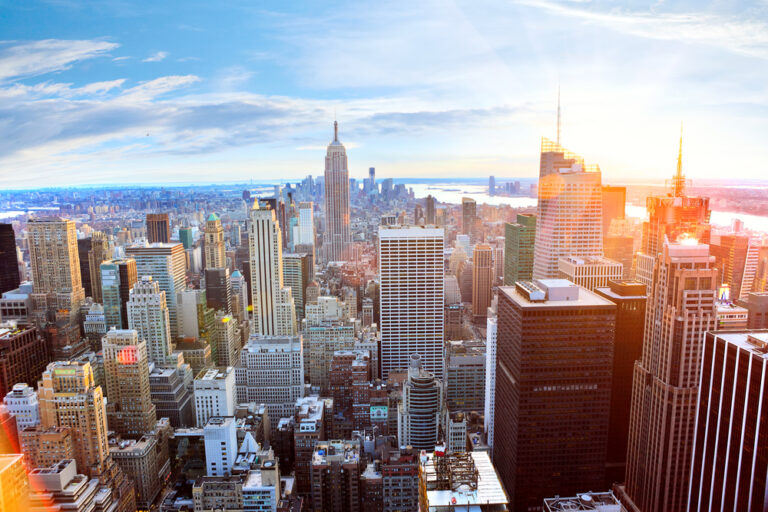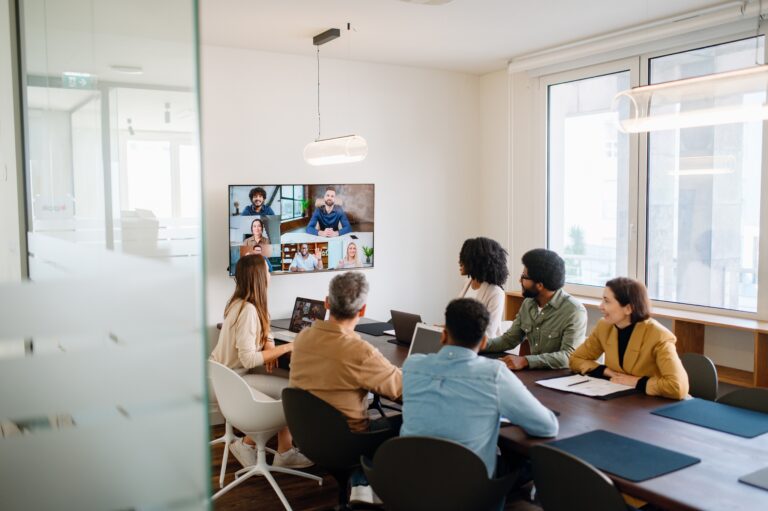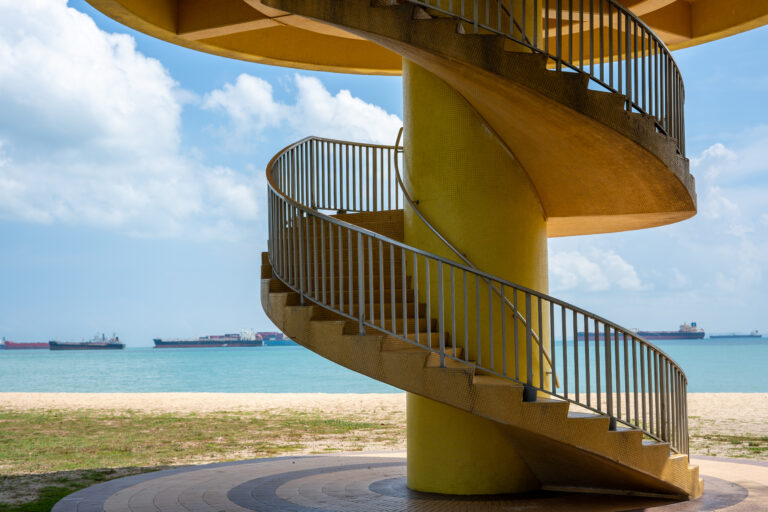Exploring efficient design: Groundbreaking solutions to transform urban cities
Prof. Jason Pomeroy joins us at the webinar to discuss challenges faced in urban cities, as well as concepts to address such issues

Living in city centres equate to greater employment opportunities, higher quality education, premium healthcare, well-built private and public infrastructure, better transportation options and much much more.
The lure of residing in these areas led to an abrupt boom in migration, particularly in 2007 when analysts found that half of the population around the world has relocated to city centres. Studies suggest that this figure will increase by 75 percent in 2050. This means that major cities worldwide must be able to cater to the needs of the growing population and at the same time, address the major issues that come with living in dense cities — and the real estate industry has a major role to play to help in the transformation.
Our expert panellists at the ‘Exploring Efficient Design’ webinar, who represent leading global architecture and design firms, all agree that the industry should adopt a new mindset and drop the notion of just building without thinking about repercussions. Developers and designers these days must learn to build smarter, to utilise unused space and to leverage sustainable materials.
To enlighten industry leaders, the founding principal of Pomeroy Studio and Pomeroy Academy Prof. Jason Pomeroy shared the six challenges that cities are currently facing and the solutions that his firm has implemented to address such issues.
Social

Since the onset of the pandemic and the implementation of social distancing protocols, Jason said that people have started to move away from the sense of convergence and have begun to yearn for space, which is why he believes that “maybe there is the need to embrace the great outdoors.” Yet even before the outbreak, he noticed more people connecting to the green open spaces, from taking a leisurely stroll or going for a run.
This is essentially what Pomeroy Studio focused on when they designed an 89-hectare mixed-use precinct in Singapore that is dedicated to sports, recreation and leisure, which will hopefully encourage people to not only be more active but to also understand the benefits an open space can offer. “What we see in this project that we’re doing in Singapore is the ability to really embrace the great outdoors — lots of social spaces, not just on the ground but also in the sky,” said Jason.
Spatial
Did you know that the current world population density is about 51 people per kilometre? By 2050, dense city centres will have to accommodate 66 people per kilometre. The figures may not seem much until you counter in the fact that water makes up two-thirds of the surface area of the earth. This highly underutilised surface area is something that the industry has not considered taking advantage of until the past few decades. For instance, Ijberg in Amsterdam has managed to create a completely floating city that allows its residents to live, work and play in water, without having to experience the burdens often associated when living in urban cities.
Taking the floating city concept much further, Jason shared: “We looked at a research project with the University of Venice where we were considering completely floating communities that could be zero energy and ultimately, turn the water into an alternative source of urbanisation to try and counteract some of those spacial density issues that we are increasingly facing in high density cities.”
Environmental
Even though the world’s cities only account for two percent of the global land area, these generate a disturbing 70 percent of the greenhouse gas emissions. To put the figures into a more visual perspective, Jason likened it to the daily consumption of 86 billion barrels of oil, which is basically filling up five pyramids of Giza. Clearly not a very sustainable way to live.
“Increasingly, we need to be thinking about alternative means of energy generation that can sort of safeguard us against our carbon woes. So I would argue that really, for the environment, we should be planning for a more carbon negative future,” he further explained. This idea has already come to fruition in 2015 when Pomeroy Studio built an award-winning, pioneering carbon negative home that Jason said is essentially a power station that produces more power than it can consume so the surplus energy can be brought back to the grid.
“We should start to look at our places of residence or our places of work, and also our communities to not just be self-sustaining, but providing more energy that can sustain the broader community.”
Culture
Jason argued that culture has been challenged in the wake of assimilation and globalisation. In dense cities, he said that we must be able to preserve some sort of cultural identity and character instead of being bombarded by globalisation or the globalisation of a particular brand, hinting that Starbucks is now synonymous to coffee and people just don’t use the word coffee anymore.
For one of their projects in Yangon, Myanmar, they decided to preserve the beauty of a 120-year old British colonial office building to remind the citizens of its colonial past, but they also made sure that it represents the country’s future that is slowly turning into a more cosmopolitan society.
“We wanted to try and embrace culture and arts as a quintessential part of this new building. We wanted to ensure that the built environment is adaptable to social and cultural change,” he added.
Economic

In 2018, the digital economy was valued at USD3 trillion, which is quite impressive because this was generated over a 20-year period compared to the industrial revolution that lasted for 100 years. As the world transitions from manufacturing to digital economy, he is encouraging industry leaders to develop spaces that can cater to these changes.
As such, his firm was responsible for the first privately-developed, green and smart, multi-tenanted business park and office space in Singapore. He describes this project as a “vertical extrapolation of the workplace that incorporates sky courts and sky gardens as those alternative social spaces for collaboration, meeting, greeting and working.”
Technological
One of the benefits of living in cities is access to the latest technologies available in the market. However, Jason cautioned that “if we want to continue enjoying life in cities and not live in dysfunctional urban habitats, then we need to be using technology sparingly and also in a resilient fashion.”
He said that we should all start thinking about the technology that we can borrow from other sectors that will be able to help us address some of the urban challenges.
In Singapore and Abu Dhabi, he said that 85 percent of the food is imported and even though space is an issue in these cities, this can easily be resolved through vertical vegetable farms in floating platforms and plantations. This is a concept that they are currently working on in Abu Dhabi where they estimated that the size of a footprint of a football field could accommodate about 561,000 kilograms of leafy vegetables when in reality, traditional farms require four football fields.
Seeing as we already have groundbreaking sustainable solutions in our midst, the real estate sector and the urban cities themselves need a bit more encouragement to make all these concepts not only a reality, but a norm to the industry.
This is the first of a three-part series based on the Exploring Efficient Design webinar organised by PropertyGuru Asia Real Estate Summit. Around 300 viewers from over 20 countries across the world joined the one-hour web conference held last 25th of June. For further enquiries, email [email protected]. Visit the official website AsiaRealEstateSummit.com and follow our social media for upcoming live webinar announcements.
Recommended
Why everyone is moving to Selangor and Johor: Malaysia’s real estate comeback
Malaysia’s upturn in fortunes is especially prevalent in secondary destinations such as Selangor and Johor
Penang’s silicon boom: How the US-China tech war is supercharging local real estate
Penang’s booming semiconductor industry has created ripples within the local real estate sector
ARES White Paper Volume 2: Unravelling the power of data revolution in real estate
Insights on proptech, smart cities, and sustainable development
ARES Digital White Paper Volume 1 tackles the fundamentals of responsible building
Green and climate heroes join forces to discuss how Asia Pacific can weather the current environmental crises and the looming effects of climate change







